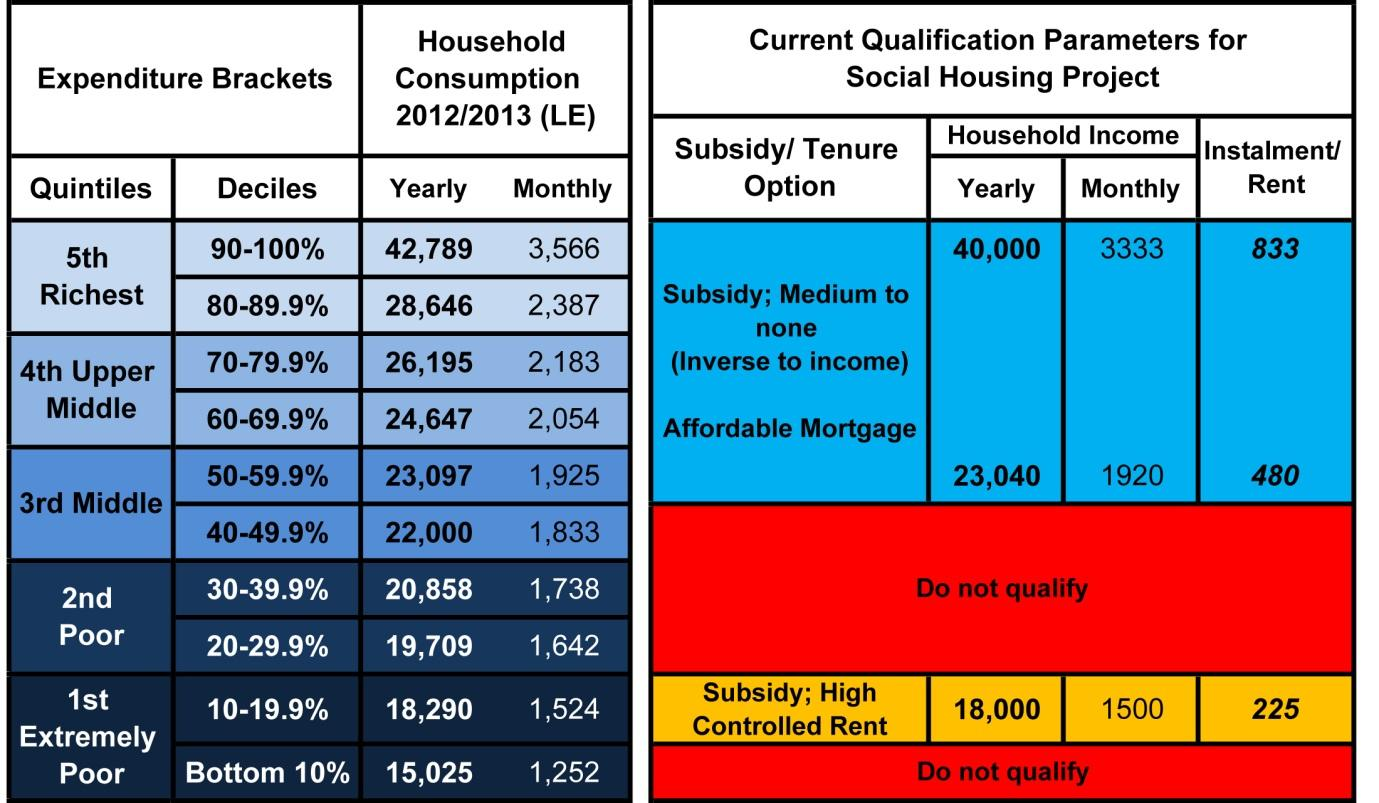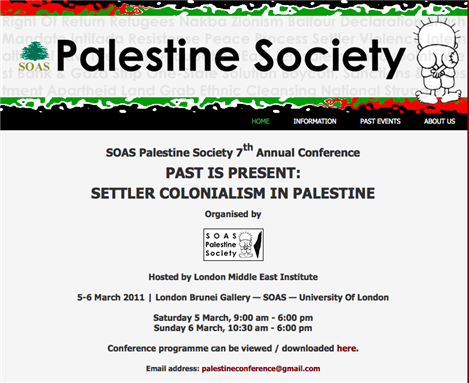[The following report was authored by Yahiya Shawkat and published by the Egyptian Initiative for Personal Rights on 10 April 2014]
EIPR Policy Recommendations on New Income Conditions for the Social Housing Project
Introduction
On 16 January 2014, the Egyptian cabinet issued new conditions for obtaining subsidised housing units within the Social Housing Programme (SHP) – also known as ―al-Million Wehda” or ―The Million Units. Some of these conditions, such as those relating to age and geographic location of applicants, are as before, though the conditions on income levels are periodically adjusted to reflect inflation. However the cabinet‘s reworked definition for low income earners is unjust, as it could deprive 40% of the lowest earning Egyptians from benefiting from 8.7 billion EGP (1.2 billion USD) in subsidies and public investments, which are being spent on mostly ownership units that will be allocated through the affordable mortgage programme. This programme also bars nearly two-thirds of the Egyptian workforce who are employed informally from benefiting from these housing units because they lack official work contracts.
The ownership units, which comprise the larger proportion of the SHP, and that will be allocated using the Affordable Mortgage Programme (AMP), will not be available to the bottom 50% of Egyptian earners. The new upper limit on household income of 40,000 EGP (5700 USD) annually, falls within the highest income quintile according to the Central Agency for Public Mobilization and Statistics‘ (CAPMAS) Household Income, Expenditure and Consumption Survey (HIECS) for 2012-2013 (See Table 1).
Table 1

In addition to this upper limit on income, the mortgage law also stipulates a minimum eligible income as the mortgage to income ratio is 25%. Thus according to the unit prices which will range from 110,000 EGP (15,700 USD) to 130,000 EGP (18,600 USD), the minimum annual household income of applicants shouldn‘t be less than 23,000 EGP (3300 USD). According to the 2012-2013 HIECS this means families that fall within the upper half of the middle quintile (See Table 1).
The outcome of these conditions is that approximately 1.4 billion EGP of subsidies (200 million USD), in addition to nearly 6.4 billion EGP (914 million USD) of investments, are being directed to the top 50% of Egyptian earners; the middle income, upper-middle income, and rich quintiles.
As for the rental units, 40% of the bottom earning Egyptians will be deprived of them. Families that fall in the bottom half of the middle income quintile, and the entire poor quintile, or 30% of earners, cannot qualify for a mortgage as their incomes are lower than the minimum required to apply for an ownership unit (23,000 EGP/ 3300 USD), and higher than the maximum allowed to apply for a rental unit (18,000 EGP/ 2600 USD). (See Table 1)
Table 2

In addition to these families that fall in to this gap, a further 10% of Egyptians, the bottom half of the extremely poor quintile, can‘t afford any of the SHP units. Their income is already too low to qualify for a mortgage, but the rental value of 225 EGP (32 USD) per month is also unaffordable as it exceeds 14% of this decile‘s total monthly expenditure, which the HIECS indicates is the average expenditure on rent for this income bracket. This effectively means that only 10% of Egyptians can benefit from the rental units, the upper half of the extremely poor quintile, and thus 40% of the lesser earning Egyptians are deprived of benefiting from the entire 8.1 billion EGP (1.2 billion USD) public budget earmarked for subsidised housing due to their inability to qualify for both the mortgage or the rental schemes (See fig. 1).

Figure 1
[To read the full report click here]
![[Logo of Egyptian Initiative for Personal Rights. Image from eipr.org]](https://kms.jadaliyya.com/Images/357x383xo/EIPR.jpg)

















